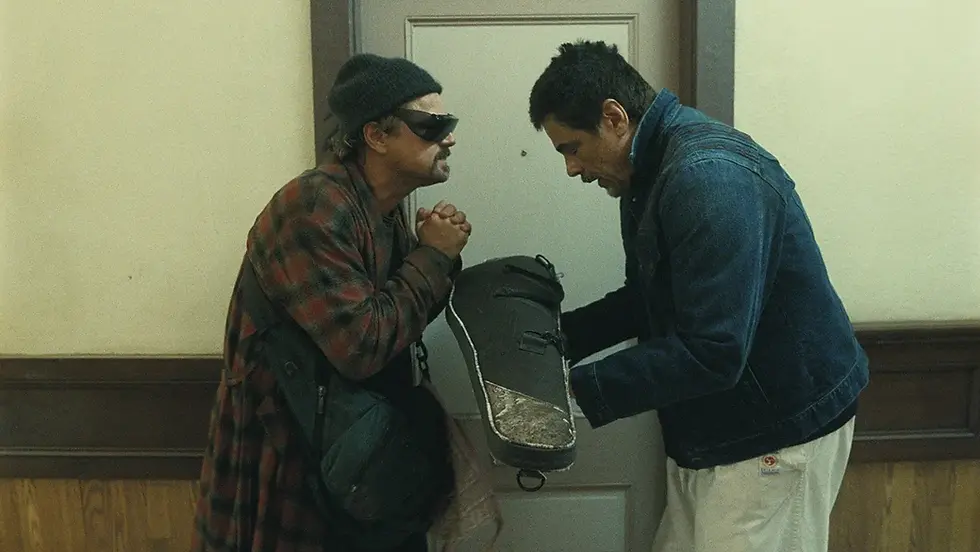The Quest of Creative-Being Itself
- Norland Tellez, PhD

- May 3, 2020
- 4 min read
Updated: Jun 6

It is easy to glamorize the gifts and benefits of artistic creativity, the unique sense of transcendence it brings to mind, a kind of panacea to cure all the ills of life. To be sure, there is magic in it, a grace we can’t control, which in one stroke seems to make us equal to God, allowing our shadows to fly in the infinite light of the spirit. Nevertheless, if you ever wanted to be an artist, you must be careful what you wish for. After all, gods are designed to be flayed and dismembered before they can be brought back to life — if they’re brought back at all.
Campbell also understood the apparent paradox of creativity, the fact that it involves a degree of self destructiveness as much as a renewal of spirit. Creation and destruction are but two aspects of the same Force of creative-being itself. There is no real division between the light and dark side of the Force. Whenever opposites are undialectically torn apart, we are no longer dealing with the reality of true myth but with the alienation of an ideological fantasy.
In The Ecstasy of Being, which contains fragments of Campbell’s aesthetic philosophy, he writes of the art of dance in such universal terms that it may apply to allthe arts:
From earliest times, the dancer has been the human symbol of life- indestructible. The Dionysos-dance of annihilation is at the same time the dance of the fire of creation: the oxidizing fire of the interior of the living cell. Need it be pointed out that life is a process; process, change; change, painful: pain-and-death the other face of joy-and-birth? (Ecstasy, 5)
Apparently, it does need to be pointed out: Art is not a function of wish-fulfillment alone, flowing along the channels of the pleasure principle. Under the spell of positivistic slogans and feel-good wisdom, the mysterious conjunction of opposites that brings pleasure and pain together will remain an incomprehensible riddle. The very notion of such unconscious prospects will not be a welcomed guest—let alone a permanent resident of our mental make-up and understanding. Nevertheless, such is the passion of the infinite that drives a being from the depths to the heights of artistic creation.
Campbell also knew that the psychoanalytic con-fusion of eros and death-drive is, indeed, the secret of passion (from the Greek pathos or “suffering, enduring”) which is better comprehended as a category of death-drive (todestrieb)—a notion which Freud never called “Thanatos” because what he had in mind was something that stands beyond gods and men. Neither a literal death-wish nor a mystical annihilation in Nirvana, todestrieb is more like a spiritual force which is made primarily manifest in “the compulsion to repeat”—the relentless character of the drive, which presses us to go on and on, again and again, as if to test the very limits of our mortal existence. For this reason, death-drive has been called by psychoanalytic thinkers “as the way immortality appears within psychoanalysis.” (Žižek, Slavoj. How to Read Lacan, 62)
Todestrieb is indeed the psychoanalytic category of transcendence—but of a material kind of transcendence which is tied to historical repetition—in contradistinction to the idealistic version of the transcendent that has come down to us in traditional wisdom. As every artist knows, matter is of the essence in the creative process. Art, like alchemy, is a kind of “dialectical materialism” which recognizes the inseparability of matter and spirit at every stage of the game. No one can be a creative spirit—or indeed a human being—without immersion into the material substance of their everyday life and artistic medium.
The imagination of art is a material imagination which distinguishes itself from mere fantasizing “in one’s head.” Matter did matter—quite literally, not only symbolically—to the alchemist as it does to the artist and the work of art. We breathe and revel in matter as we do in our own bodies; the more literal the thing, the more symbolic it becomes, replete with the possibility of transcendence. In this sense, alchemy anticipates a modern material notion of transcendence, one in which the compulsion to repeat—and not the escape into ideology—underscores its fundamental character.
Finally, with respect to the “pursuit of happiness,” we should say that people don’t become artists—and I mean great artists—in order to be “happy” or enjoy themselves. At one level, this is quite simply the general distinction between amateur and pro. Amateurs stick to a subject as long as it is a mode of “having fun,” that is, as long as they can remain within the limits of the pleasure principle. The minute the work begins to hurt a little, however, when serious discipline enters the picture and demands its pound of flesh, the throng of amateurs suddenly melts away and only a few are left to complete the task.
Furthermore, if you go into the biographies of the greats you will also find that ordinary human happiness was by no means their goal or objective; it was rather a casualty in the wake of their ecstasy of being in art.

%20BB.png)


